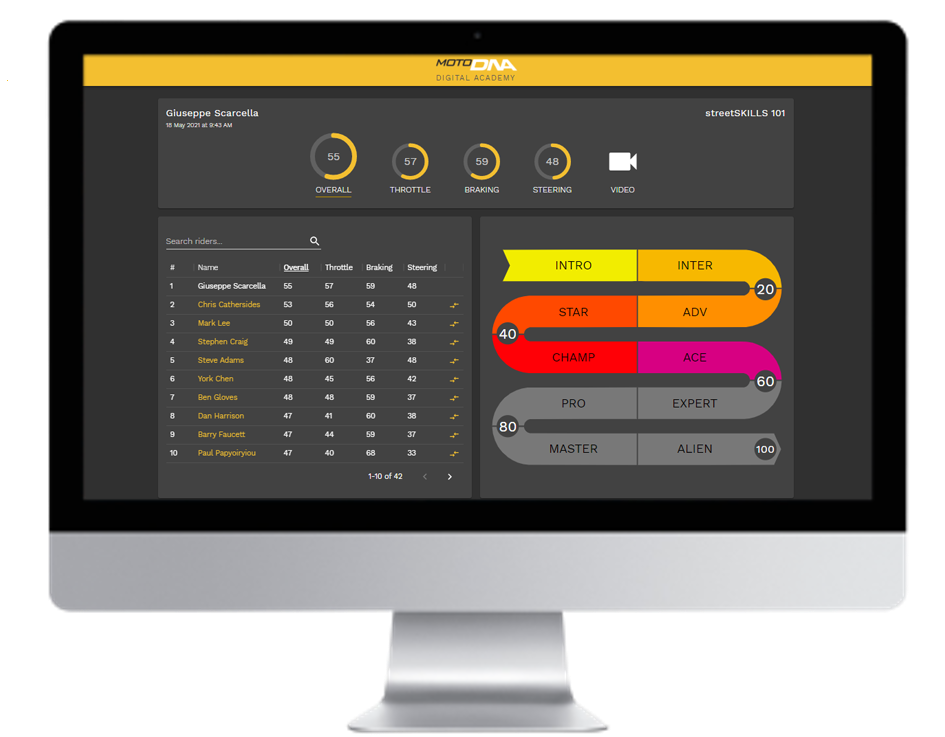Lane Filtering Has Arrived In Australia
Its been happening around the world for decades and after trials in Sydney lane filtering has been introduced into NSW with the other states following.
It’s a good thing for motorcyclists in many ways and lane filtering also reduces traffic congestion.
So what is this lane filtering and what skills do we riders need to be competent lane filterers?
The main arguments for lane filtering seem to be:
1. Faster for motorcycles to get through busy traffic.
2. less chance of a ‘rear-end’ collision, either from a bike hitting another vehicle or being struck from the rear.
As defined by the Centre for Road Safety in NSW, lane filtering is when a motorcycle rider moves past stationary or slow moving vehicles in the same lane at slow speeds, up to 30 kmh.
30kmh sounds pretty slow, however in a prang and no matter who’s fault it is, I’m normally going to feel more pain as a rider than the car, bus or truck driver that is involved in the tangle.
The biggest nasty is potentially going under a truck or a car door opening. It doesn’t bear thinking about, but it’s happened in the past to some poor soul.
If 30kmh sounds slow think of it as 8 metres per second, always think of risk vs reward when you ride.
Always with this self preservation in mind I adjust my speed depending on the dynamic risk assessment that you should always be using when riding a motorcycle.
http://www.youtube.com/watch?v=hJaXE191nj4
New Riding Skills Needed
So, along with the road-craft and attitude adjustment, what actual riding skills do we need to safely lane filter?
We will be riding slowly between stationary or moving traffic, pedestrians and cyclists up to 30kmh which indicates the need for competent slow speed riding skills.
These slow speed skills enable the motorcyclist to balance slow speed riding with directional stability.
At slower speeds we loose the benefits of gyroscopic forces from everything that is spinning on the bike, that is wheels, crank, gears, etc
This leads to reduced straight line stability and this is when slow speed skills really come in to play.
They key to slow speed riding is keeping the chain tensioned on the drive side with revs double your idle speed, clutch in the friction zone and delicate rear brake pressure controlling your speed.
Avoid using the front but have it covered just in case.
As always on a motorcycle, look where you want to go.
Use your peripheral vision to help your spatial awareness and to spot car mirrors etc and have a good understanding of the width of your bike. Normally handlebars and mirrors are the widest point that’s likely to catch a car mirror.
Good peripheral awareness will also help you balance at slow speed.
There is nothing more amateur than a rider walking or paddling their bike. Feet should be on the pegs when you are moving not on the ground.
A motoDNA training day includes lane filtering drills, so get some street cred and more importantly improve your skill and ultimately safety on the road by completing a motoDNA training course.
Data Driven
Developed from thousands of riders at the motoDNA Motorcycle Training, our algorithms measure, grade and train motorcycle riders.
Objective
No more guessing, data sensor fusion combined with our algorithms deeply understand rider behaviour.
Towards Zero
Our urgent and ambitious aim is to empower the motorcycle community to take back control towards zero.


